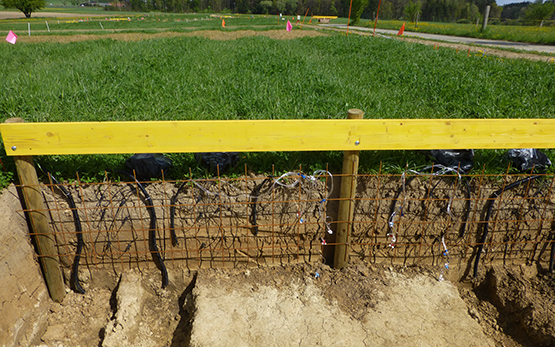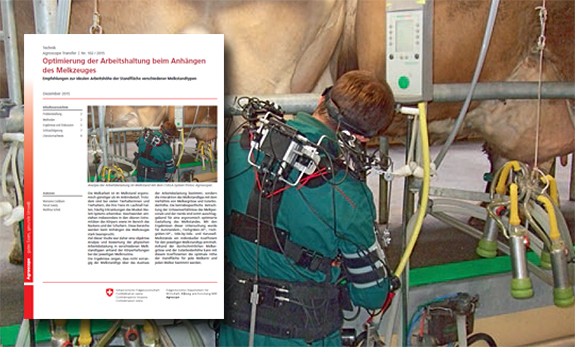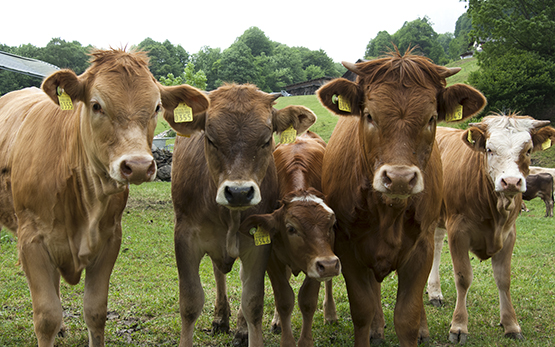Schneider M., Umstatter C., Nasser H.-R., Gallmann E., Barth K.
Effect of the daily duration of calf contact on the dam's ultra- and circadian activity rhythms.
JDS Communications, In Press, 2024, 1-5.
Schneider M., Umstätter C., Nasser H. R., Gallmann E., Barth K.
Vorläufige Ergebnisse zum Einfluss der muttergebundenen Kälberaufzucht auf die ultra- und circadiane Aktivitätsrhythmik von Milchkühen.
In: One step ahead - einen Schritt voraus. 7. März - 10. März, Hrsg. FiBL, Frick (CH). 2023, 454-455.
Hiltebrand C., Roig-Pons M., Baumgartner M., Cockburn M., Doetterl S., Bachmann I., Keller T., Briefer S., Würbel H., Gmel A., Pauler C., Schneider M. K., Nasser R.
Laufende Versuche auf Agroscope-Forschungsterrain St.Aubin.
In: Jeudi au Haras. 20. Juli, Avenches. 2023, 1.
weitere Sprachen: französisch
Schneider M., Umstätter C., Nasser H. R., Gallmann E., Barth K.
Erste Untersuchungen zum Einfluss der muttergebundenen Kälberaufzucht auf die ultra- und circadiane Aktivitätsrhythmik von Milchkühen.
In: 16. Wissenchaftstagung Ökologischer Landbau. 8. März, Hrsg. FiBL, Frick (CH). 2023.
Nasser H. R., Schneider M., Stachowicz J., Umstätter C.
digiRhythm: Analyzing Animal's Rhythmicity.
Stachowicz J., Nasser H. R., Adrion F., Umstätter C.
Can we detect patterns in behavioral time series of cows using cluster analysis?
Journal of Dairy Science, 105, (12), 2022, 1-11.
Stachowicz J., Nasser R., Adrion F., Umstätter C.
Zeigen Milchkühe individuelle Tagesmuster bei der Nutzung von Funktionsbereichen im Stall?
In: Aktuelle Arbeiten zur artgemässen Tierhaltung 2021. 25. November - 26. November, Hrsg. KTBL, online. 2021, 116-124.
Stachowicz J., Adrion F., Nasser R., Umstätter C.
Detecting behavioural patterns of cows using an automated tracking system.
In: 72nd Annual Meeting of the European Federation of Animal Science. 30. August, Hrsg. EAAP, Davos (CH). 2021, 385.








